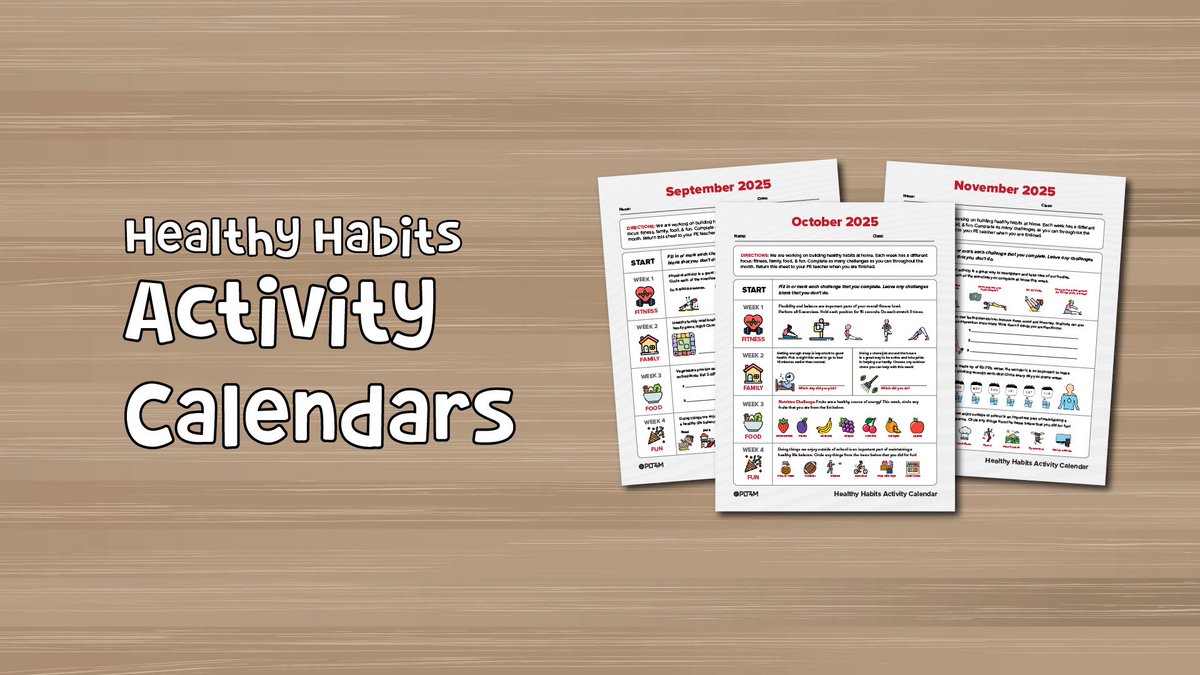Back as a first year PE teacher and high school strength coach, one thing that surprised me most was the inability of many students and athletes to jump rope. I had assumed that jumping rope was a universal skill kids picked up along the way during childhood. Turns out, that’s not necessarily the case. Again and again, I ran into kids who had serious trouble performing this basic plyometric movement and were embarrassed enough by the inability that they would avoid the movement altogether.
Jumping rope is an extremely valuable tool for athletics and basic healthy living alike. It promotes full body proprioception (or body control), develops simple plyometric ability, promotes proper soft mid-to-forefoot strike, does wonders for the ankle and shoulder joints over time, and can be used for metabolic conditioning. It’s also a movement that can be practiced anywhere, by anyone. Given these benefits, it behooves us to teach all of our charges how to jump rope with consistency and efficiency.
The first step in teaching it to new athletes, is finding an appropriate length rope. When placed under one foot and held up along the body, both handles should be roughly armpit height (from here, athletes will find their own personal sweet spot when it comes to rope length).
Once athletes have ropes in hand, our next step is grip and hand positioning. Instruct athletes to maintain a loose grip between the thumb and forefinger with the rest of the fingers “just along for the ride”. Hands should be held out from the body at roughly 45 degrees, at about waist height.
Then, we set up the swing. Make sure athletes avoid trying to move the rope with large shoulder circles. Movement should be limited to the wrist – elbows should be kept close to the torso. “Flick” the rope with snappy wrist action as opposed to shoulder circles.
Lastly, we focus on the jump. Our athletes should be instructed to hop lightly up and down on the mid-forefoot area. Feet and legs should remain together. Avoid piking the feet forward, or pulling them backwards in a semblance of a donkey kick.
In the end, the best way to learn is to try! Make sure students know that failing is an important part of reaching success and have at it!
Want to see how we can help you train your students & athletes? Request a free demo!
Teaching Jump Rope
Share this article:
Recent Posts
Interested if PLT4M can work at your school?
Follow Us!
Block 2 PE trying out the @PLT4M app in the fitness room and gym for warmups. Students enjoyed, boxing, yoga, stretching, cardio, and strength exercises 💪🏼💪🏼💪🏼
Working on our underhand tossing in PhysEd today with “Move the Mat” from the new @PLT4M elementary PE curriculum.
#physed
A K-2 favorite 🤩 “Zookeepers” by @PLT4M here’s how to play. #physed #physicaleducation
“Sort the Trash” from @PLT4M with kindergarten for today’s warmup! 🔴🔵🟢🟡 #physed #physicaleducation #elementarype #kindergarten
A look at an activity called “Partner Mixer” by @PLT4M I use to help students find different people to play with. #physed #physicaleducation
Kick off the school year with some fun!
Grab FREE monthly Healthy Habits Activity Calendars for your students from PLT4M and @pe4everykid!

Mike Graham
@pe4everykid
Grab your free copy of our Healthy Habits Activity Calendars from @PLT4M here: https://hubs.li/Q03DcJC_0 #physed #physicaleducation #elementarype




